What followed next was an incredible slugfest on both the western and eastern sides of the Korean Peninsula. On the west the 8th Army was battered and forced to withdraw south. In the East the X Corps didn't fair much better, with many forces being quickly driven south, while the Marines of the Chosin Reservoir made their mark in the history books by battling it out while completely surrounded, eventually making a successful breakout. While the Second Phase Campaign was ultimately successful for the Chinese, as it drove UN forces out of most of North Korea, it came at a high price for both sides. Between the brutal combat and weather, which was well below zero Fahrenheit at times, the Chinese suffered 80,000 casualties, while inflicting between 29,000 and 36,000 on UN forces. It also gave Chinese leadership an inflated sense of confidence, leading to the belief that they could defeat US forces in Korea. This led to the PRC launching repeated offensives into South Korea, all of which were beaten back by UN forces with heavy Chinese casualties. It was this overconfidence and underestimation of the enemy, by both sides, that contributed to the current map of Korea. One type of weapon that found itself on the snowy mountains of Korea in 1950 is this curious stocked Hi-Power produced by the Inglis Company of Canada. The Hi-Power is a design by John Browning that went into production in Belgium (at FN) during the 1930s. Following the German invasion, a designer escaped with the knowledge on how to make the pistol, and this was shared with the British Government. In 1943, the Inglis Company was contracted to make Hi-Power pistols for Mutual Aid to China. In particular the Nationalist Chinese wanted the pistol capable of accepting a shoulder stock, as they had previously become quite enamored with the Mauser C96 which had the same capability. There were two separate contract runs of these weapons, with most of the first run actually being diverted for non-Chinese use by the SOE and Commonwealth armed forces. This pistol is part of the second run of 39,760 units, was produced near the end of 1945, and was actually fully delivered to the Chinese. After the fall of the Nationalists in 1949 these weapons were officially absorbed as part of the new communist military. Canada would go on to produce their own variants (without stock slot and tangent sights) for many years and use them as their primary military sidearm until quite recently. At its heart this weapon is a pretty standard Browning Hi-Power, capable of accepting the (then incredibly high capacity) standard 13rd magazines. The two main things that set it apart are the tangent rear sight and slot for the shoulder stock. While there are some other stocked variants, these are the most commonly encountered. The sight is graduated out to an optimistic 500m, while the stock serves as both a remarkably comfortable shooting aid and a remarkably bulky holster. While most stocked pistols would be classified as "short barreled rifles", and subject to additional government restrictions, the Chinese contract pistols (when accompanied by an original stock) are exempted from this.
0 Comments
Leave a Reply. |
Jon K.Weapons collector, history buff, Army officer, Pug enthusiast. Archives
December 2020
Categories
All
|
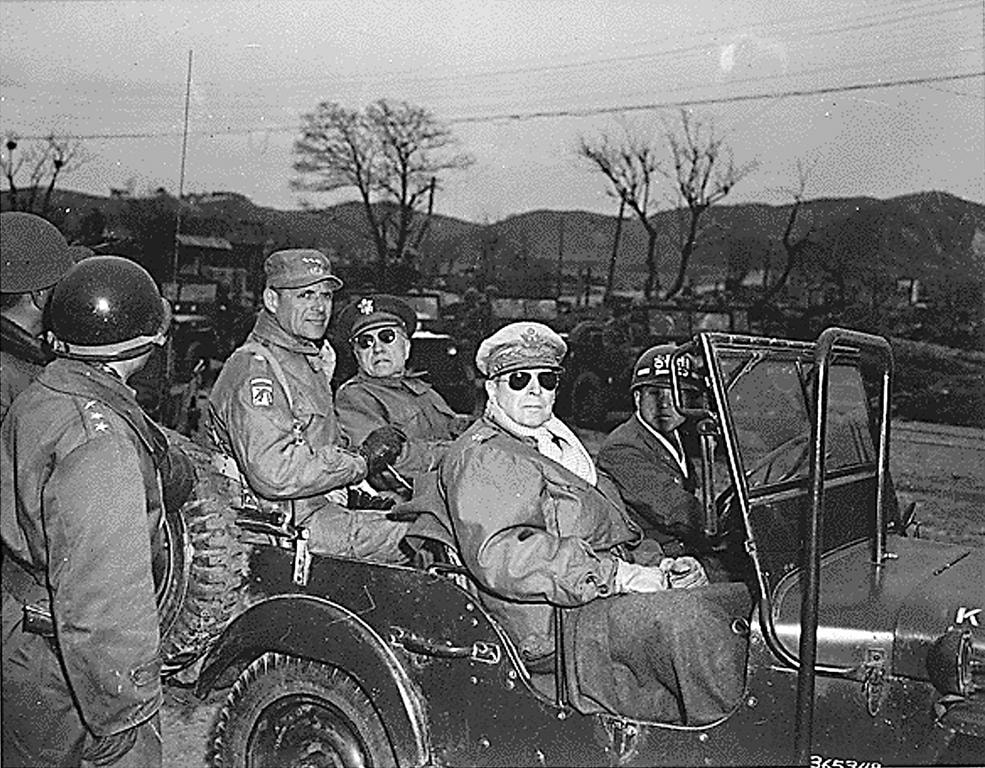
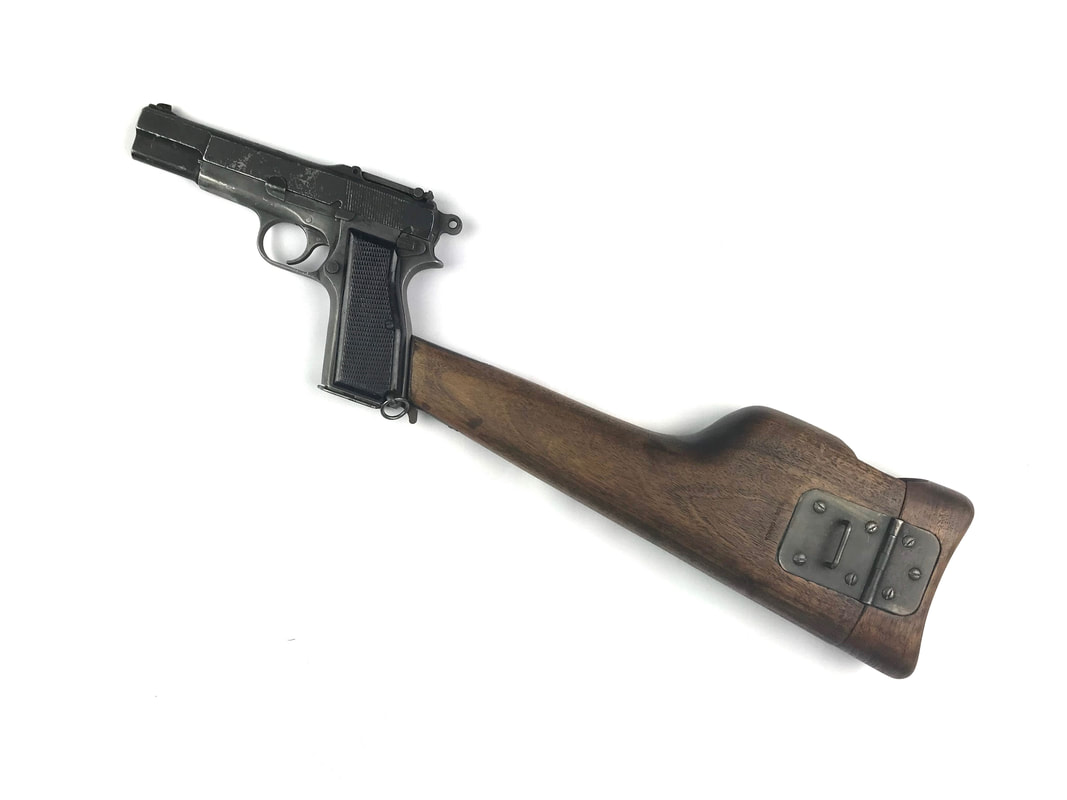






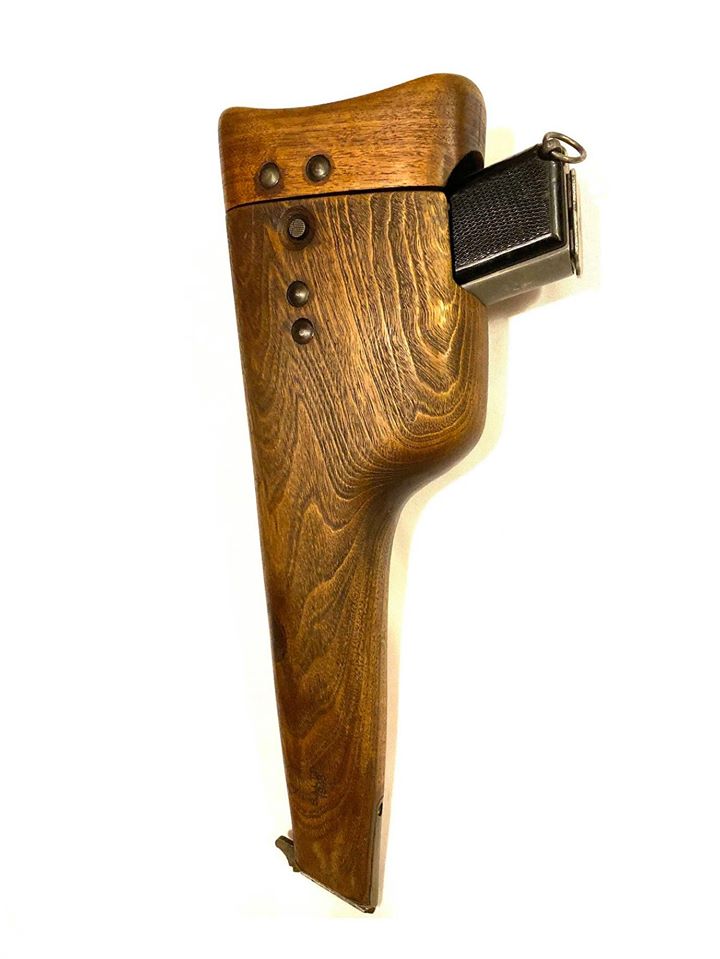
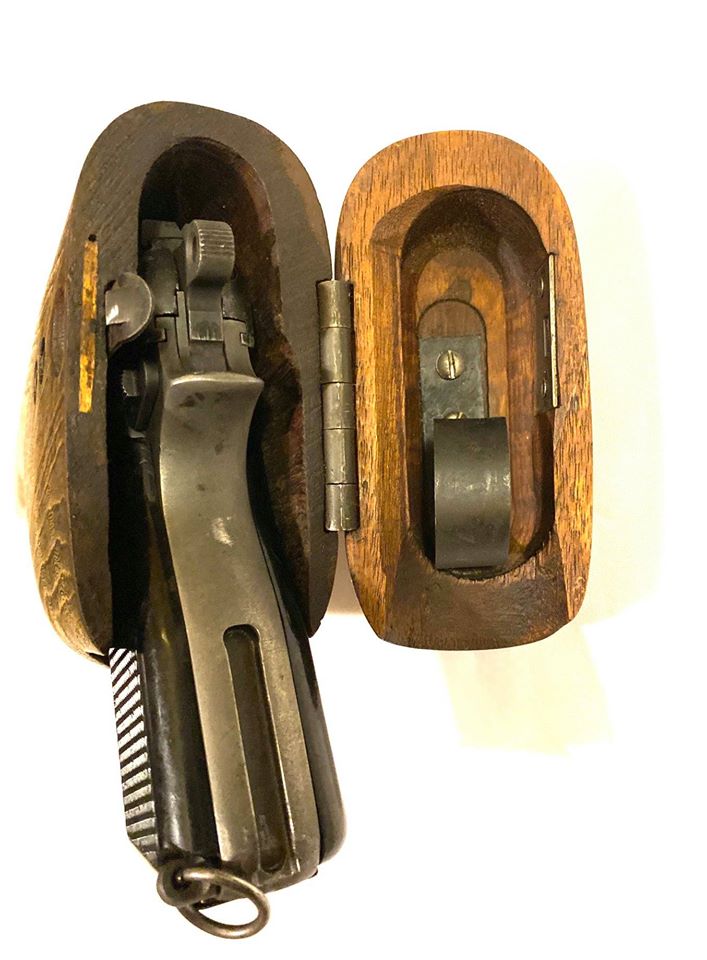
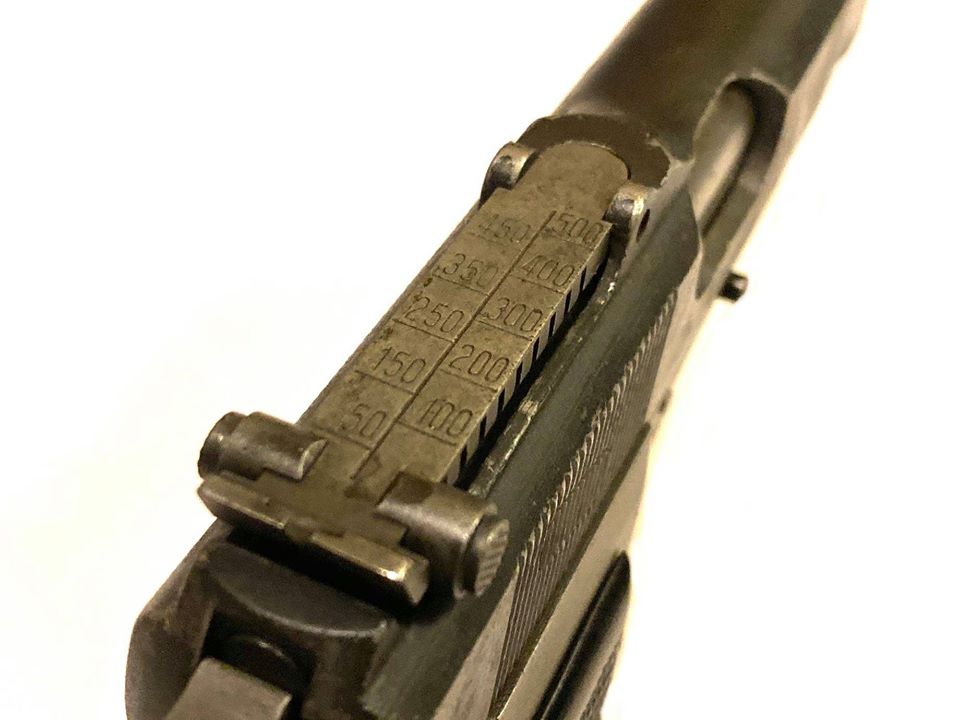

 RSS Feed
RSS Feed
